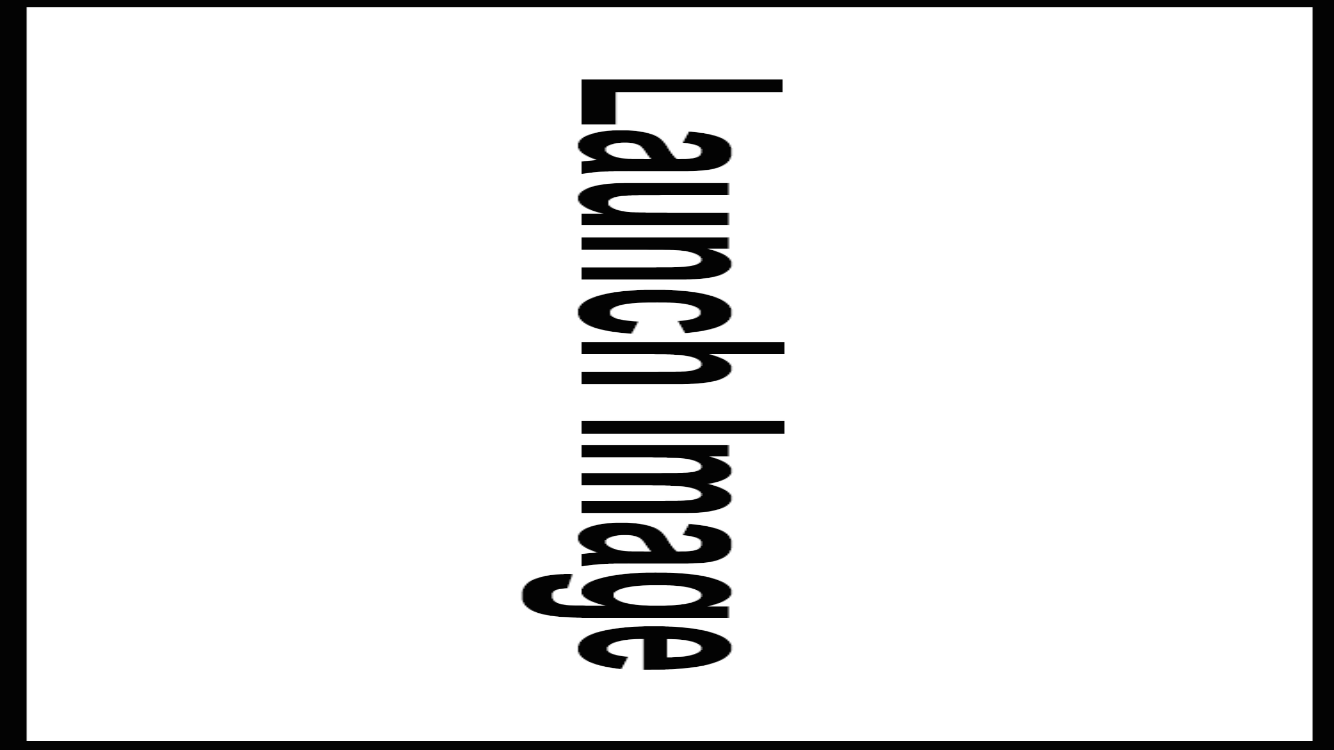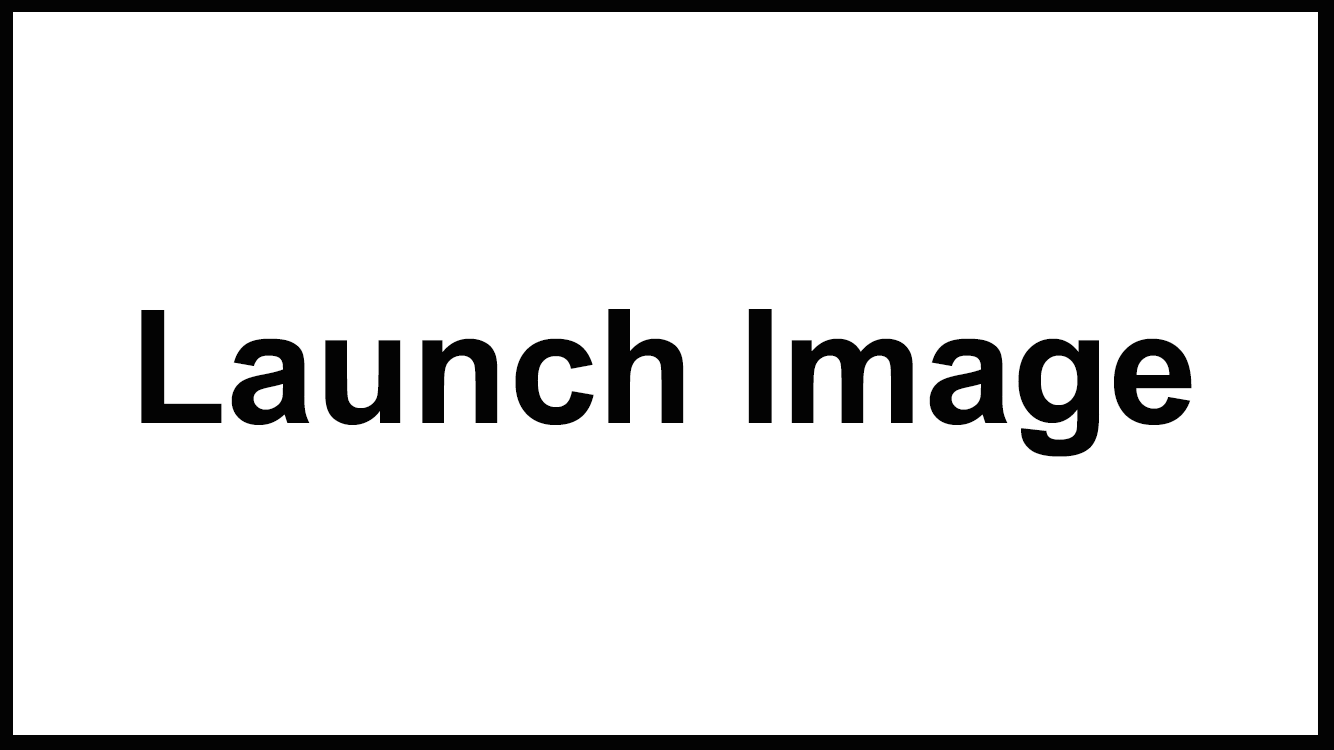I found a workaround that makes landscape only launch images work on iOS 8 GM. I ended up using the UILaunchImages array in Info.plist. The trick is to get image to show up that doesn't explicitly support landscape (iPhone 4/4S, iPhone 5/5S/5C, iPhone 6) you need to specify duplicate entries. See my example below. This is for a landscape only phone app that supports both orientations for iPad. iOS 7 will fallback to the default image names.
All iPhone launch images need to be rotated into portrait orientation as usual EXCEPT for the iPhone 6 Plus launch image. It natively supports landscape orientation launch images, so you need to leave it's launch image in landscape orientation.
Here are relevant bits of your Info.plist:
<key>UILaunchImages</key>
<array>
<dict>
<key>UILaunchImageMinimumOSVersion</key>
<string>8.0</string>
<key>UILaunchImageName</key>
<string>Default</string>
<key>UILaunchImageOrientation</key>
<string>Portrait</string>
<key>UILaunchImageSize</key>
<string>{320, 480}</string>
</dict>
<dict>
<key>UILaunchImageMinimumOSVersion</key>
<string>8.0</string>
<key>UILaunchImageName</key>
<string>Default</string>
<key>UILaunchImageOrientation</key>
<string>Landscape</string>
<key>UILaunchImageSize</key>
<string>{320, 480}</string>
</dict>
<dict>
<key>UILaunchImageMinimumOSVersion</key>
<string>8.0</string>
<key>UILaunchImageName</key>
<string>Default-568h</string>
<key>UILaunchImageOrientation</key>
<string>Portrait</string>
<key>UILaunchImageSize</key>
<string>{320, 568}</string>
</dict>
<dict>
<key>UILaunchImageMinimumOSVersion</key>
<string>8.0</string>
<key>UILaunchImageName</key>
<string>Default-568h</string>
<key>UILaunchImageOrientation</key>
<string>Landscape</string>
<key>UILaunchImageSize</key>
<string>{320, 568}</string>
</dict>
<dict>
<key>UILaunchImageMinimumOSVersion</key>
<string>8.0</string>
<key>UILaunchImageName</key>
<string>Default-667h</string>
<key>UILaunchImageOrientation</key>
<string>Portrait</string>
<key>UILaunchImageSize</key>
<string>{375, 667}</string>
</dict>
<dict>
<key>UILaunchImageMinimumOSVersion</key>
<string>8.0</string>
<key>UILaunchImageName</key>
<string>Default-667h</string>
<key>UILaunchImageOrientation</key>
<string>Landscape</string>
<key>UILaunchImageSize</key>
<string>{375, 667}</string>
</dict>
<dict>
<key>UILaunchImageMinimumOSVersion</key>
<string>8.0</string>
<key>UILaunchImageName</key>
<string>Default-736h</string>
<key>UILaunchImageOrientation</key>
<string>Portrait</string>
<key>UILaunchImageSize</key>
<string>{414, 736}</string>
</dict>
<dict>
<key>UILaunchImageMinimumOSVersion</key>
<string>8.0</string>
<key>UILaunchImageName</key>
<string>Default-736h</string>
<key>UILaunchImageOrientation</key>
<string>Landscape</string>
<key>UILaunchImageSize</key>
<string>{414, 736}</string>
</dict>
<dict>
<key>UILaunchImageMinimumOSVersion</key>
<string>8.0</string>
<key>UILaunchImageName</key>
<string>Default-Portrait</string>
<key>UILaunchImageOrientation</key>
<string>Portrait</string>
<key>UILaunchImageSize</key>
<string>{768, 1024}</string>
</dict>
<dict>
<key>UILaunchImageMinimumOSVersion</key>
<string>8.0</string>
<key>UILaunchImageName</key>
<string>Default-Landscape</string>
<key>UILaunchImageOrientation</key>
<string>Landscape</string>
<key>UILaunchImageSize</key>
<string>{768, 1024}</string>
</dict>
</array>



